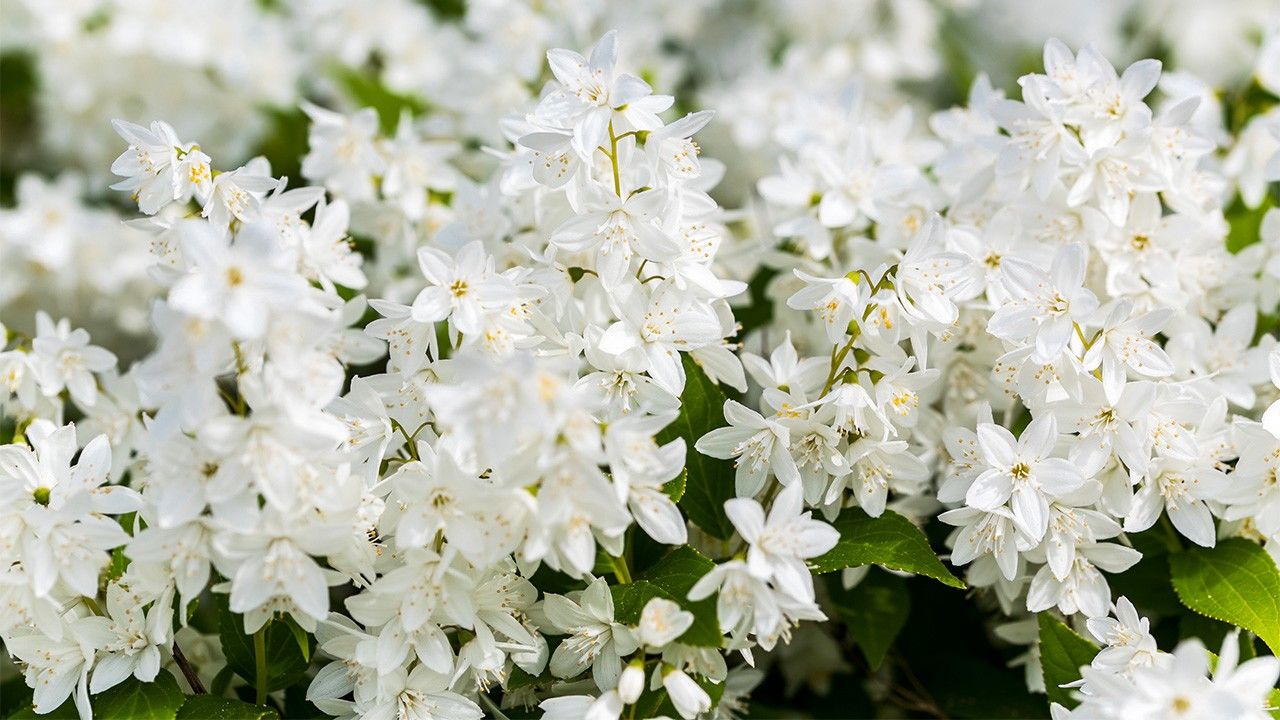
A Journey Through Japanese Haiku
Three Seasons in One
Environment Lifestyle- English
- 日本語
- 简体字
- 繁體字
- Français
- Español
- العربية
- Русский
雪月花一度にみする卯木哉 貞徳
Setsugetsuka / ichido ni mi suru / utsugi kana
Snow, moon, and flowers—
seen at one glance in the
deutzia blossoms(Poem by Teitoku, published in 1651.)
Teitoku was a poet of waka, renga, and haiku, who died in 1653 at the venerable age of 83. He wrote many annotated editions of classic works, and led the Teimon school of haikai literature, based in Kyoto. Poems in the school were typically in a gentle, refined style, based on the waka tradition, but also with flashes of wit. The haiku above is a good example.
The deutzia, sometimes called the Japanese snow flower, is a shrub in the hydrangea family that is often planted in hedges. Its early summer flowers, known as unohana, have long been a subject for waka poetry. The closely packed pure white blossoms at the end of branches catch the eye and have poetic associations to things like the fallen snow and the brightly shining light of the moon.
Snow is a season word for winter and the moon for autumn, while the deutzia flower itself is a kigo for summer. Thus, Teitoku says that the blossom includes three seasons in one. In Japanese fairy tales, the protagonists may be invited to a fantastic dimension where they can view landscapes from all seasons, and Teitoku praises the deutzia, comparing it to such worlds.
(Originally published in Japanese. Banner photo © Pixta.)
